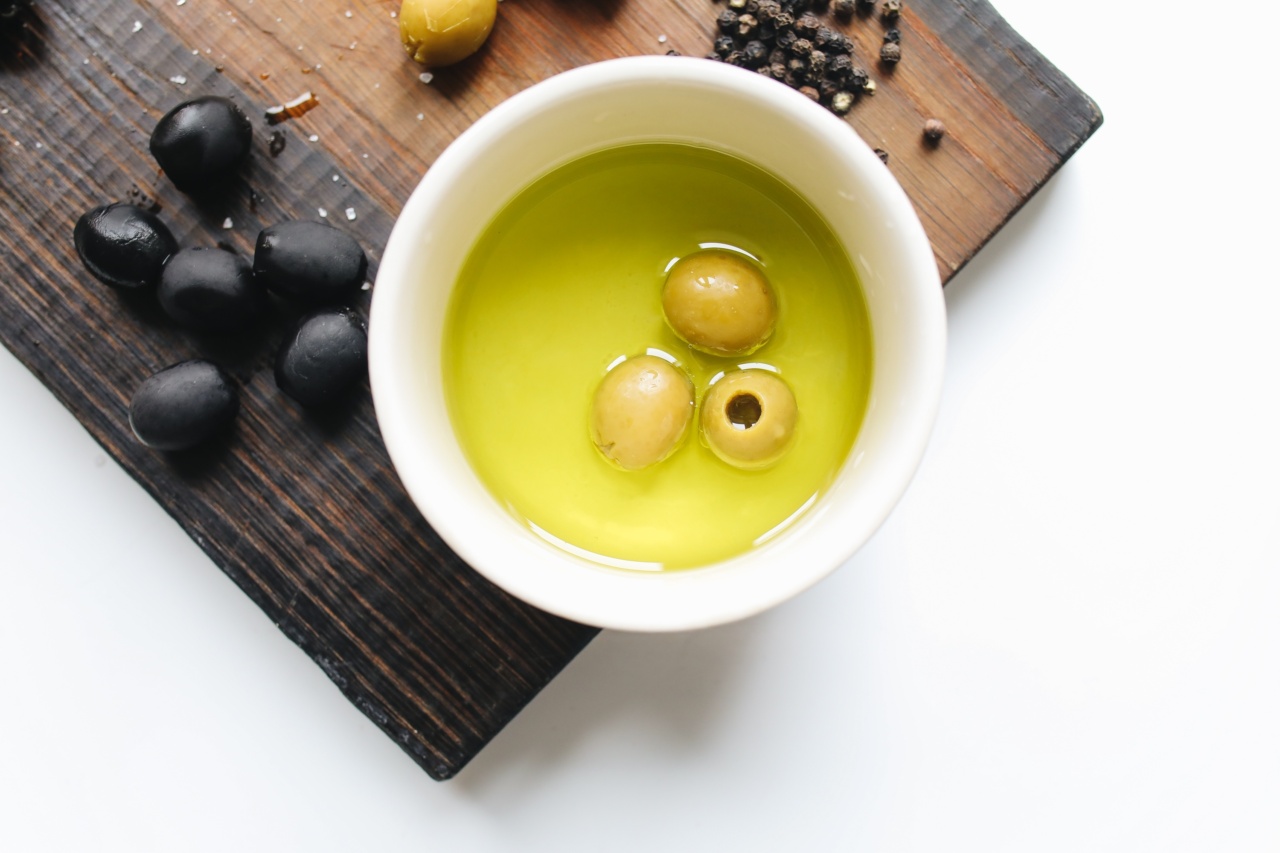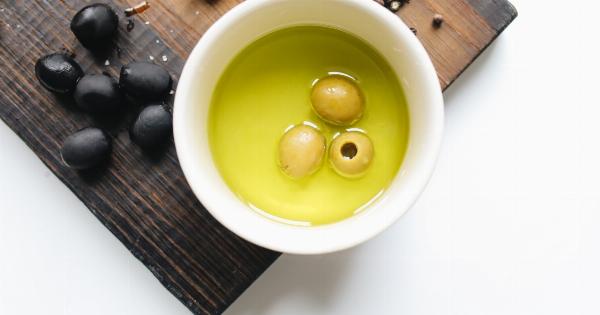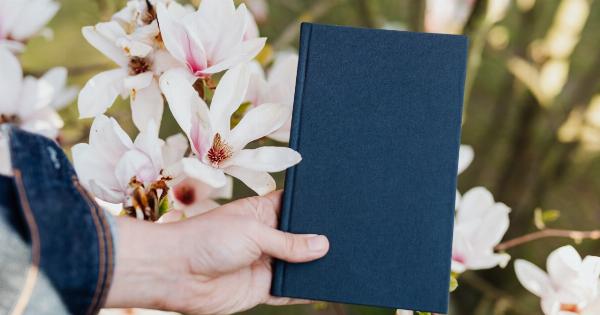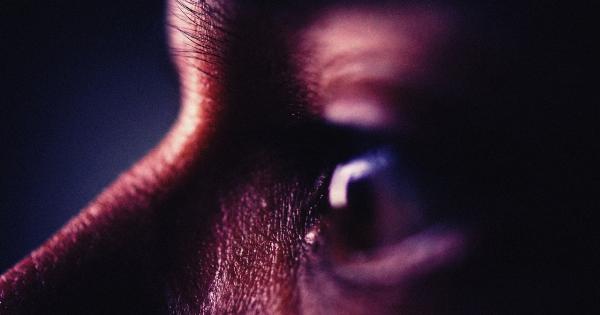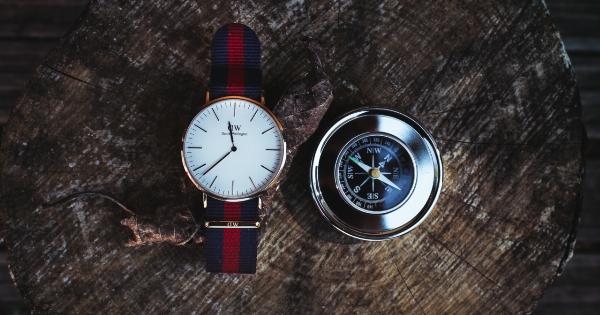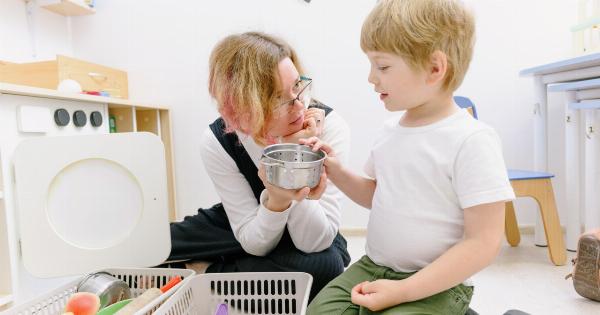Olive oil has been a staple in many households for centuries. Its delicious flavor and numerous health benefits make it a popular choice. However, olive oil is only beneficial if it is fresh.
Over time, olive oil can go rancid or spoil, which can be harmful to your health. In this article, we will discuss the signs that your olive oil is still fresh.
1. Aroma
The aroma of fresh olive oil should be fruity and pungent. When you open the bottle, take a deep sniff. If the olive oil smells musty, stale, or like cardboard, it has gone bad. The smell is a good indicator of olive oil quality and freshness.
2. Taste
The taste of fresh olive oil should be bright, fruity, and slightly bitter. If the oil tastes rancid, stale, or metallic, it has gone bad. Additionally, if the oil tastes greasy or heavy, it might be low quality.
A low-quality olive oil can lose its freshness faster, so make sure you are buying a high-quality extra virgin olive oil.
3. Color
The color of olive oil typically ranges from golden yellow to green. It depends on the type of olive and the time of harvest. As olive oil ages, the color can change, becoming dull or cloudy. Fresh olive oil should be bright and clear.
If it is cloudy or has sediment at the bottom, it is past its prime.
4. Consistency
Fresh olive oil should have a smooth and fluid consistency. If the oil is thick, syrupy, or has chunks, it is a sign that it has gone bad or has been mixed with other oils.
5. Production Date
The production date of olive oil is an excellent indicator of its freshness. If the oil bottle doesn’t have a production date, it might have been sitting on the shelf for too long.
The best olive oils have a “best by” date that is 18-24 months from the production date. Always opt to buy olive oil that has a recent production date.
6. Source and Packaging
The source and packaging of olive oil can also be a good indicator of its freshness. Ensure that the oil was legitimately sourced, and the packaging is of good quality.
If the packaging is low quality, it might not protect the oil from exposure to air, heat, and light. Always go for olive oil packed in dark glass bottles, cans or packaging that protects from direct light and heat.
7. Store Conditions
Storing your olive oil in the wrong conditions can also make it go bad faster. Olive oil should be stored in a cool, dark, and dry place. Avoid storing olive oil near the stove or in direct sunlight.
Additionally, make sure that the bottle is sealed tightly after use.
8. Shelf Life
The shelf life of extra virgin olive oil is shorter than regular olive oil, as it is less processed. Generally, a bottle of extra virgin olive oil has a shelf life of 18-24 months, while regular olive oil can last up to 36 months.
The shelf life depends on multiple factors, including the source, production, and storage conditions. Make sure to check the “best before” date and make use of the oil before it rots.
9. Price and Quality
While price doesn’t always determine quality, cheap olive oil might be of low quality. High-quality olive oils are usually more expensive, but they are also more flavorful and healthier.
If you see a deal that is too good to be true, chances are it’s not fresh. Be mindful of heavily discounted prices because they can be an indication of expired products that stores are trying to get rid of.
10. External Factors
External factors such as air, light, moisture, and temperature can affect olive oil’s freshness. Do not buy olive oil that has been exposed to direct sunlight or high heat. Similarly, do not store olive oil near the stove or oven.
Always check the oil for any signs of deterioration.
Conclusion
Fresh olive oil is crucial to taste, aroma, and health. Always inspect your olive oil for signs of freshness. Remember to store the oil in a cool, dark place, and consume it before it goes rancid or stale.
